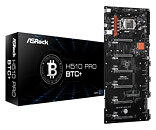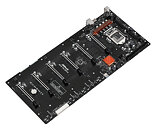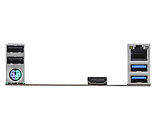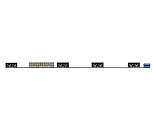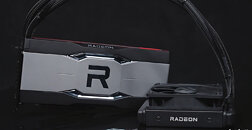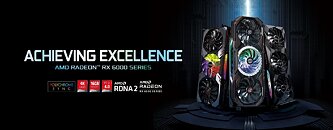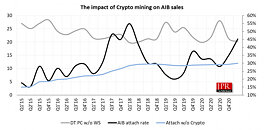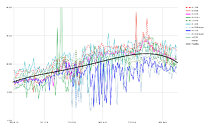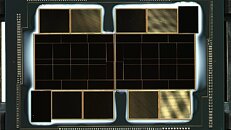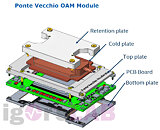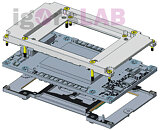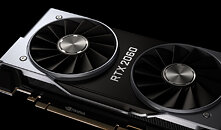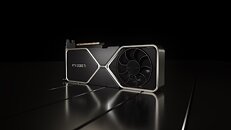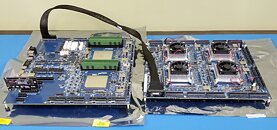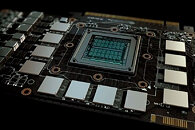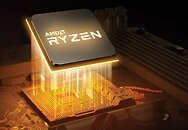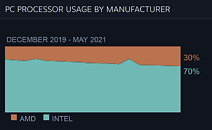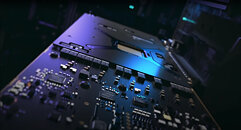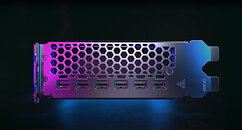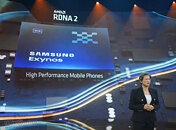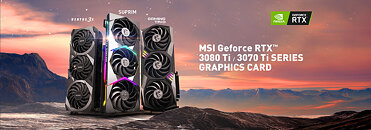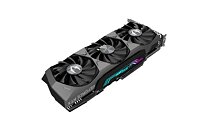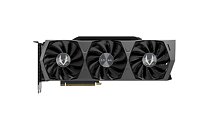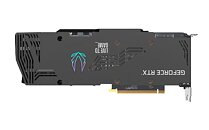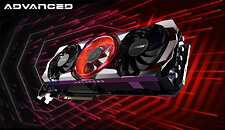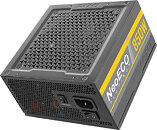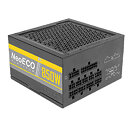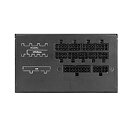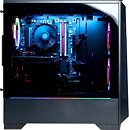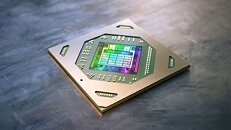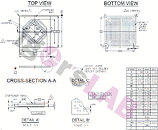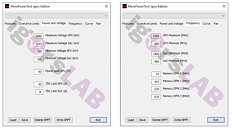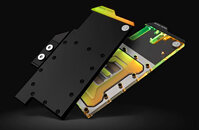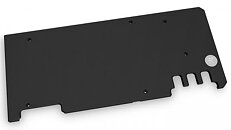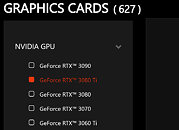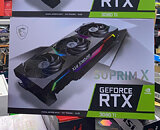
ASRock Launches H510 Pro BTC+ Motherboard with 6 Full-Size PCIe 3.0 x16 Slots
ASRock has been accommodating the mining craze and the company is today launching its H510 Pro BTC+ motherboard designed to host a suite of GPUs. More precisely, the company has released a motherboard with six full-size PCIe 3.0 x16 slots. Measuring at the huge 50.1 x 22.4 cm, the motherboard is anything but small. There is room to install any triple-slot GPU with ease, as the slots are spaced out nicely. However, to feed all six GPUs at full speed, you would need as many as 96 lanes. That is why only the first slot runs at full x16 speed, while others are stuck at x1 speeds. The H510 chipset can not support 96 lanes naturally.
To power the board, you need a double 24-pin PCIe power connector. The power is regulated by four-phase power delivery with 50 Amp chokes. There is one SATA III connector and an M.2 PCIe 3.0 slot for M.2 SSDs that are up to 110 mm long. The motherboard is available for purchase at Newegg at the price tag of $279.
To power the board, you need a double 24-pin PCIe power connector. The power is regulated by four-phase power delivery with 50 Amp chokes. There is one SATA III connector and an M.2 PCIe 3.0 slot for M.2 SSDs that are up to 110 mm long. The motherboard is available for purchase at Newegg at the price tag of $279.
